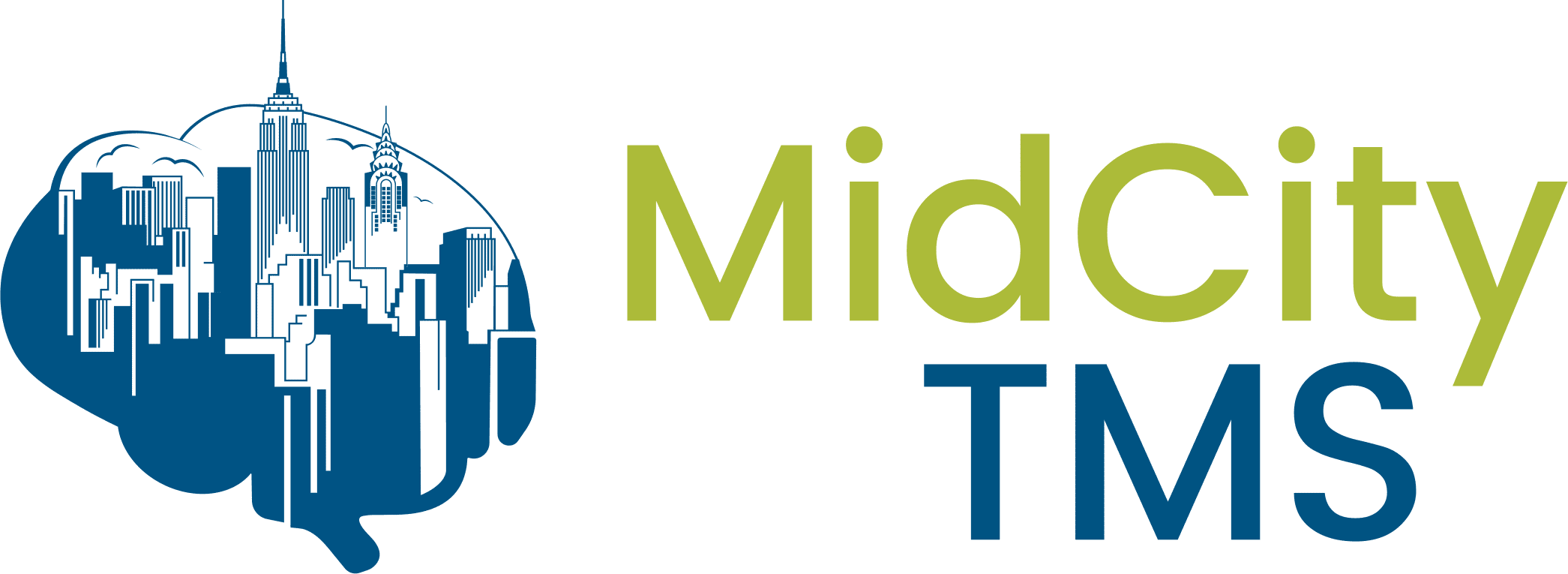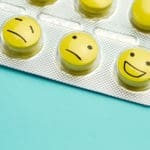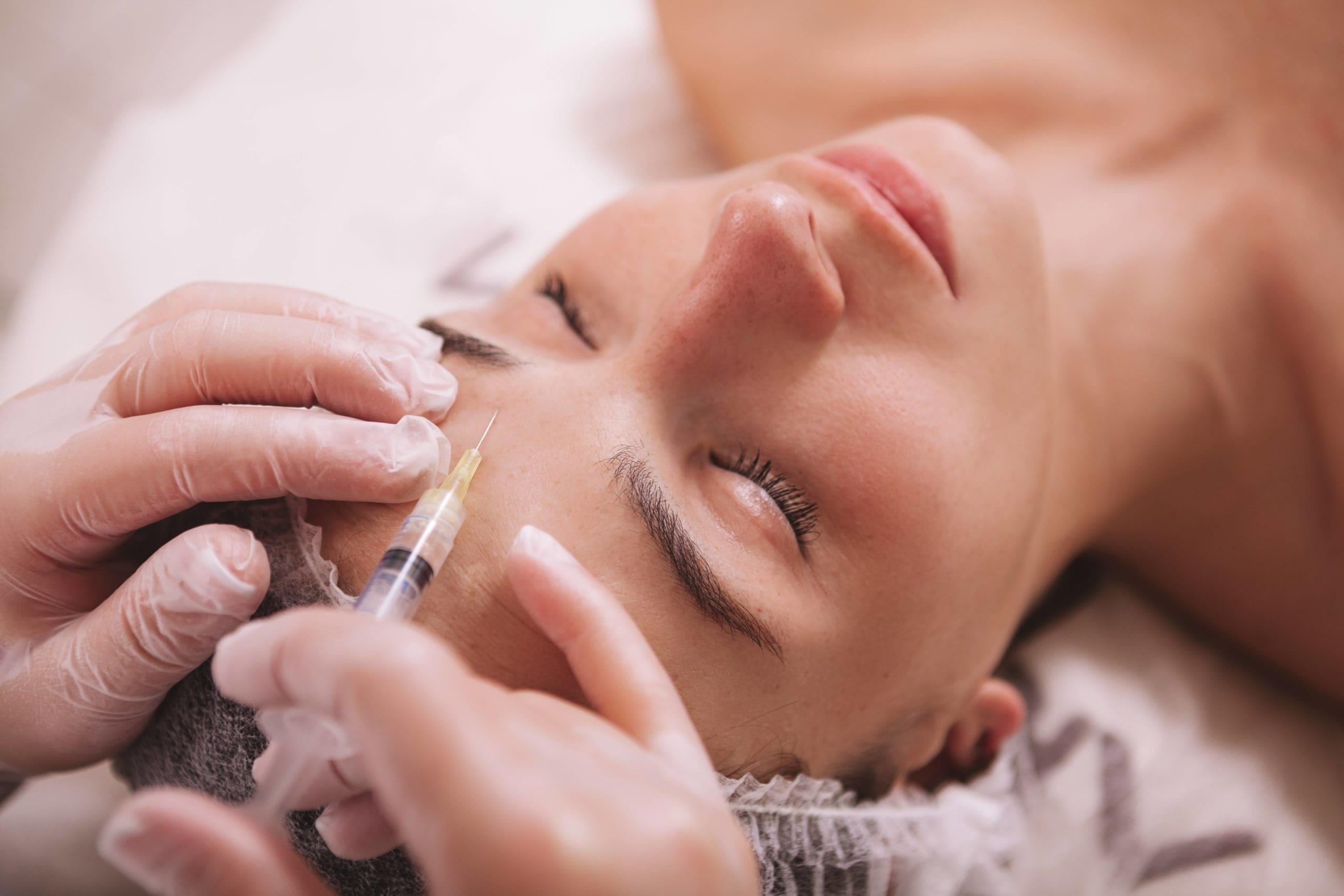What Is Botox?
Botox is a substance created from botulinum toxin A, which temporarily paralyzes muscles. There are other brands, such as Dysport and Xeomin, but the name Botox has become the most common name for the procedure. It’s most popularly used in cosmetic procedures to reduce the appearance of facial wrinkles and lines, as the toxin blocks signal from the nerves to the muscles. The injected muscles cannot contract, which then forces the wrinkles to relax and soften. However, there have been studies shown that Botox can help treat other conditions, such as:
- Cervical dystonia, a neurological disorder that can cause neck and shoulder muscle spasm.
- Blepharospasm, or uncontrollable blinking
- Strabismus, or eyes that point in different directions
- Hyperhidrosis, which is severe sweating
- Overactive bladders
- Migraine Headaches
The Botox procedure usually takes just a few minutes, and only takes one to two weeks to take effect while its effects last three to six months.
A Brief History of Studies on Botox and Depression
Most commonly, depression is treated with antidepressant medications, psychotherapy, or a combination of both. However, some people prefer to avoid antidepressants to manage their depression due to the possible side effects. When that is the case, some may choose to use other strategies.
Botox as a way to help with depression has been studied in several small studies for over a decade.
2006
In May of 2006, there was a very small trial that included ten participants with depression who were injected with Botox with the intention of treating their glabellar frown lines (the lines between your eyes that show up when you frown). Two months later, 90% of the participants reported that they no longer had symptoms of depression.
2012
In a 2012 study with 30 people with depression and taking antidepressants, over the course of sixteen weeks, half of the participants received real Botox injections, while the other half received placebos. At the end of the study, those who received the real Botox injection reported a 47% decrease in depression symptoms and those with the placebo reported a 9.3% decrease.
2014
Two years later, another study came to very similar conclusions. Also using 30 participants, individuals received an injection of either Botox or a placebo and were then evaluated every three weeks for a total of five and a half months. Though Botox’s cosmetic effects only last 12 to 16 weeks, the participants who received the real injections reported improved symptoms past the 24 week observation period.
2017
Most recently in an Iranian study, 28 patients were randomly assigned to either receive Botox or a placebo. The efficacy of Botox compared to the placebo was visible after six weeks of treatment.
Should You Consider Botox For Depression and How might it work
Something worth noting in all of these studies is that they are small, with only 30 participants maximum, and with no control group. In comparison, a drug or treatment approved by the Food and Drug Administration (FDA) is usually tested on 1,000 to 3,000 individuals before it is approved. Studies with larger sample sizes and multi-center samplings would be required to obtain more definitive results.
Originally it was assumed that the effects of Botox might have to do with the individuals’ improved outlook on their appearance. However, a review of studies done before 2016 found that the change in frown lines didn’t impact the results, as those with very few frown lines reported similar results as those with many.
The second hypothesis is that the benefits come from the facial feedback mechanism–the idea that certain facial expressions send feedback to the brain. It is emotions like sadness that cause the glabellar frown lines in the first place, and those that are dealing with depression can see an increase in the facial movements that make these lines. By blocking the frowning muscles with Botox, the result could be an improvement in overall mood.
Botox or TMS for Depression Treatment
Botox may have positive effects on depression, but not enough studies have been done to conclude how long-lasting and effective it is. Transcranial Magnetic Stimulation (TMS), on the other hand, has been FDA approved for over a decade and is an effective and long-lasting treatment strategy.
At Mid City TMS, we’ve seen at least a 50% improvement in 3/4th of our patients, and 1/3rd of patients have had a full remission where almost all symptoms of depression were resolved. TMS can be used with or without antidepressant medication.
If you’re interested in learning more about Transcranial Magnetic Stimulation and its benefits, contact Mid City TMS today.



